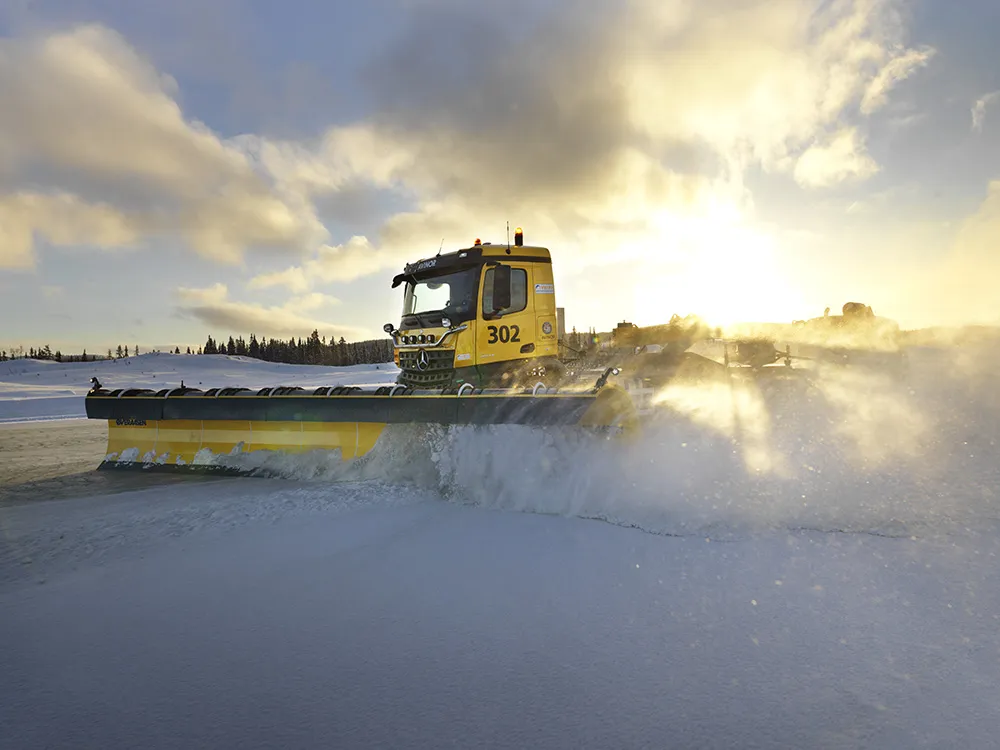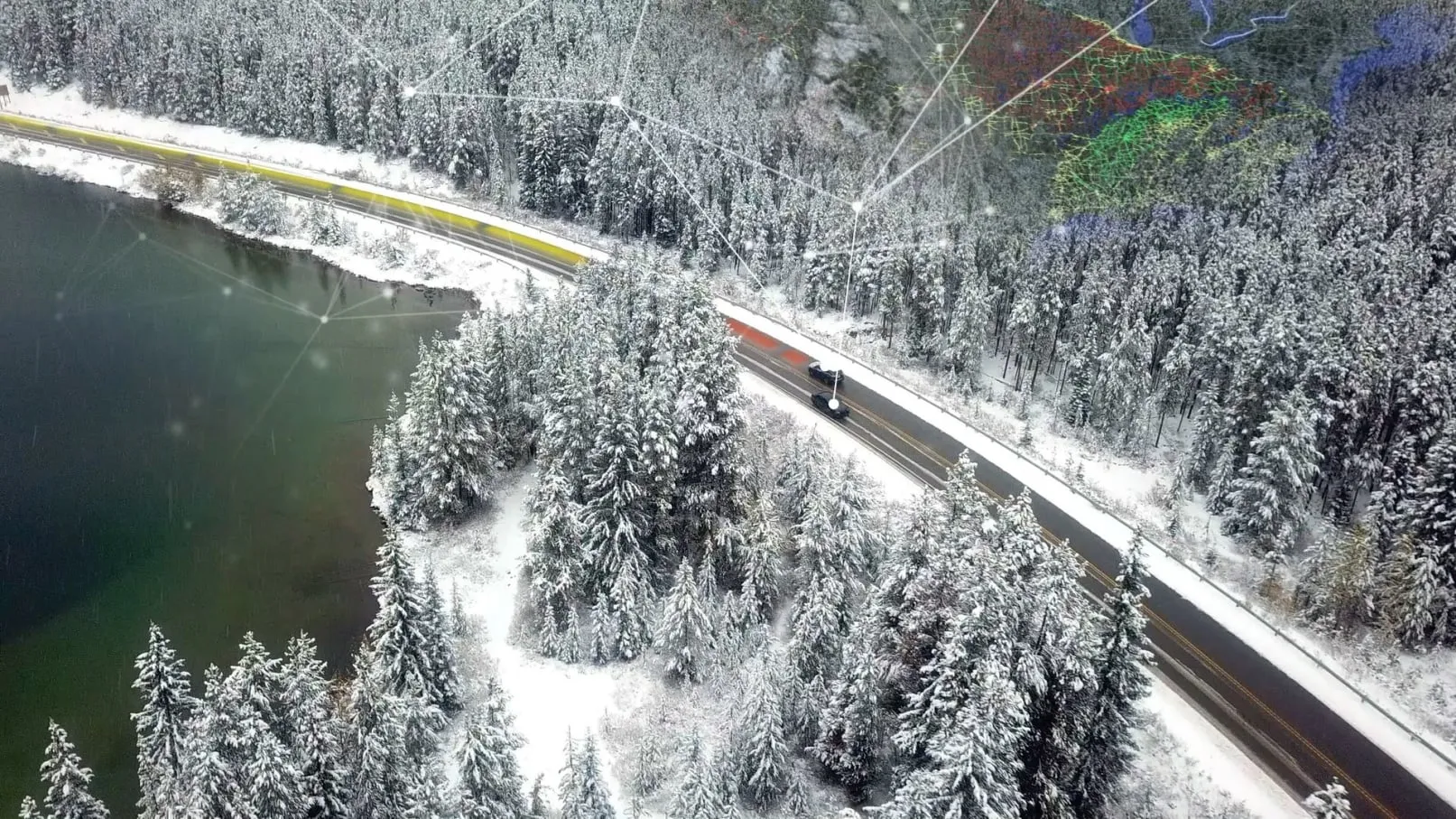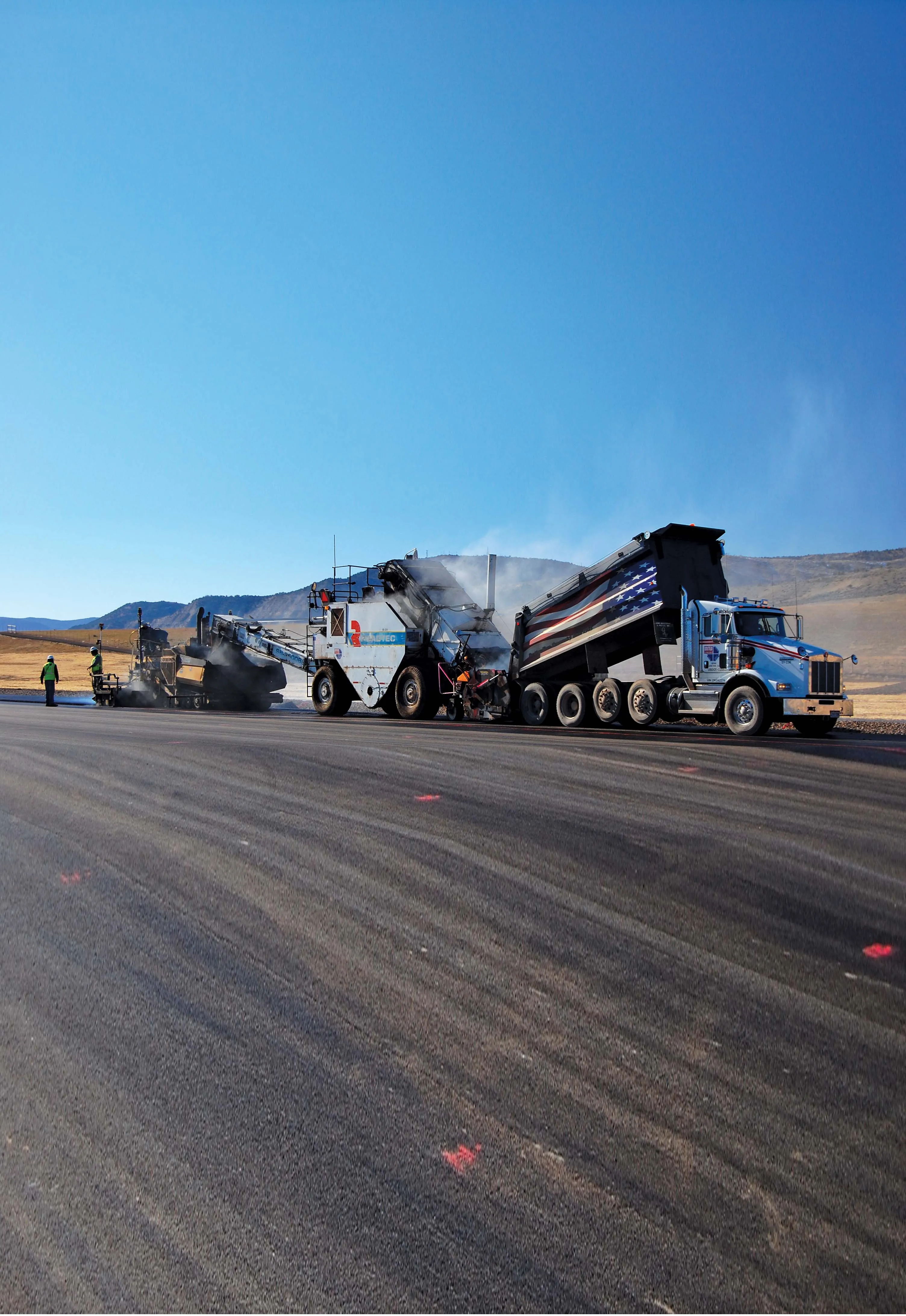
The company says that it has developed an advanced system for self-driving vehicles that is used in environments with high demands for safety, precision and reliability. So far, the focus has been on clearing snow from airport runways and more than 40 tests were carried out at Oslo Airport during the past winter, 2018-2019.
The push this winter will be on developing more sophisticated software. John Halden, general manager for Yeti Snow Technology, told World Highways, “There is a big gap between successful pilot projects and successful commercialisation of the product. The aim is to start delivery of the system to an airport in the winter of 2020-2021.
While most of the system will be autonomous, there will probably always be a driver in one of the snowploughs, for safety, either in the first vehicle or in a command vehicle within the group on the runway, explained Halden. “The goal is not to remove all the people from the work because every airport has its own safety rules and processes depending on runway layouts.”
Earlier this year there were also trial runs of vehicles at Örnsköldsvik Airport, a regional airport around 525km north of the Swedish capital Stockholm and built in 1961. It was recently upgraded to take larger aircraft catering for longer European flights and handles just under 80,000 passengers annually. In late 2014, the airport received permission to have the first remote-controlled control tower in the world. The tower is controlled from Sundsvall-Timrå Airport.
It was last year that, for the first time, autonomous snowploughs, 20m long and 5.5m wide, cleared snow from a runway at Fagernes Airport in Leirin, Norway, 200km north of Oslo. The snowploughs had enough capacity to clear an area of 357,500m² within an hour . They can clear snow in formation, several vehicles working together, no matter the weather, according to the company.
Yeti Snow Technology was set up in 2015 by Semcon, a developer of autonomous systems for vehicles, and Øveraasen Snow Removal Systems, a Norwegian family business that been developing and manufacturing snow ploughs, snow blowers and runway sweepers for more than 80 years. In 2013, Øveraasen delivered what it said is the world’s largest snow blower to Oslo Airport Gardermoen –
“a mega blower” with more than 1,640kW of power. Yeti was created originally to develop autonomous snowploughs for Norwegian airport operator Avinor.
Semcon is also a developer of technology for the Swedish Civil Aviation Administration – LFV - as part of its Autonomous Vehicles for Airports projects. Husqvarna, RISE, FlyPulse, Swedavia and Combitech are among the other companies working on various sub-projects as part of the initiative.
In September, Semcon and Øveraasen announced a new partner in Yeti Snow Technology - Husqvarna Group, a global maker of grass-cutting equipment that has an autonomous technology division whose products include robotic lawnmowers. The three companies now have equal ownership of Yeti.







